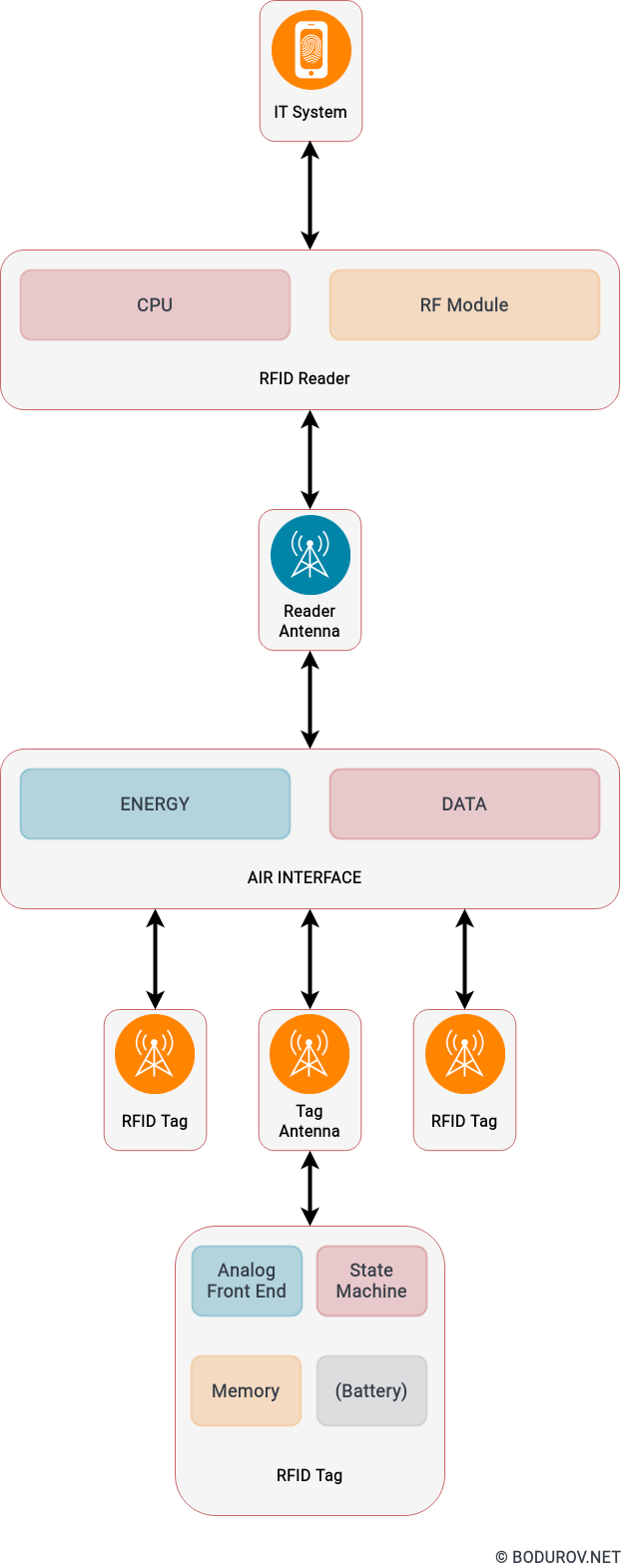We are almost two years into the COVID-19 world, and we saw a good number of ways to control the pandemic. We now have vaccines, which will hopefully become better and better with time, and finally, the pandemic will be over. With the bright light in the tunnel, there are some disadvantages to our privacy. Many governments decided to issue digital vaccination certificates and grant access to part of the locked-down social services such as cinemas, bars, hotels, concerts, etc. However, we need to understand that such a solution comes with its burden, especially if it is not appropriately designed.
But what are the different methods of actually issuing a digital certificate for any data? We need a CA (certification authority) to sign somehow our data. In the paper world, this happens using the signature and the stamp of a notary. In the digital world, the certificate is signed by a computer machine using modern cryptography methods. There are different mediums for this digitally signed certificate, and I shall cover them in a shortlist:

- A printed certificate with QR code: For many years, the aviation industry has used QR codes for authentication purposes and a faster onboarding experience. The QR code contains a signed data read by the boarding gate, and if adequately verified, the gate allows the passenger to pass through. This method gives good privacy from a privacy point of view, but you will need to keep the paper with you constantly. And this is especially true in the case of a vaccination certificate. Additionally, everyone can read the QR code.
- A digital record based on your data: Almost every person on the Earth has a personal identification number issued by his/her country of origin. The government could use this data to base the vaccination certificate on it and record your number of shots into an online server. However, this is the most terrible method in terms of privacy, because usually vaccination plan is personal data and must have a proper authentication mechanism defending it.
- NFC-based certificate: Modern digital ID cards use this technology to keep a signed copy of your data. This way, everyone with an NFC reader can read the data from your card and verify it using the stored digital x509 certificate. As opposed to the paper solution, the NFC one is reprogrammable, which means we could reuse the same card/chip to update the data with more medical information, and everything stays locally in the card. This option is the best in terms of privacy. However, you will need an NFC reader-protected purse or backpack to keep the data safe.
In conclusion, digital vaccination certificates can help governments control the pandemic. However, there are many privacy issues in the long term, which could affect the general population. For example, what happens if hackers manage to collect data for everyone, whether vaccinated or not, and create illegal lists with people, which employers can later use to decide whether to hire or not a given candidate. There are already cases with illegal chronic diseases-based lists distributed on the black market. We could easily see a similar future for our vaccination passports data.





